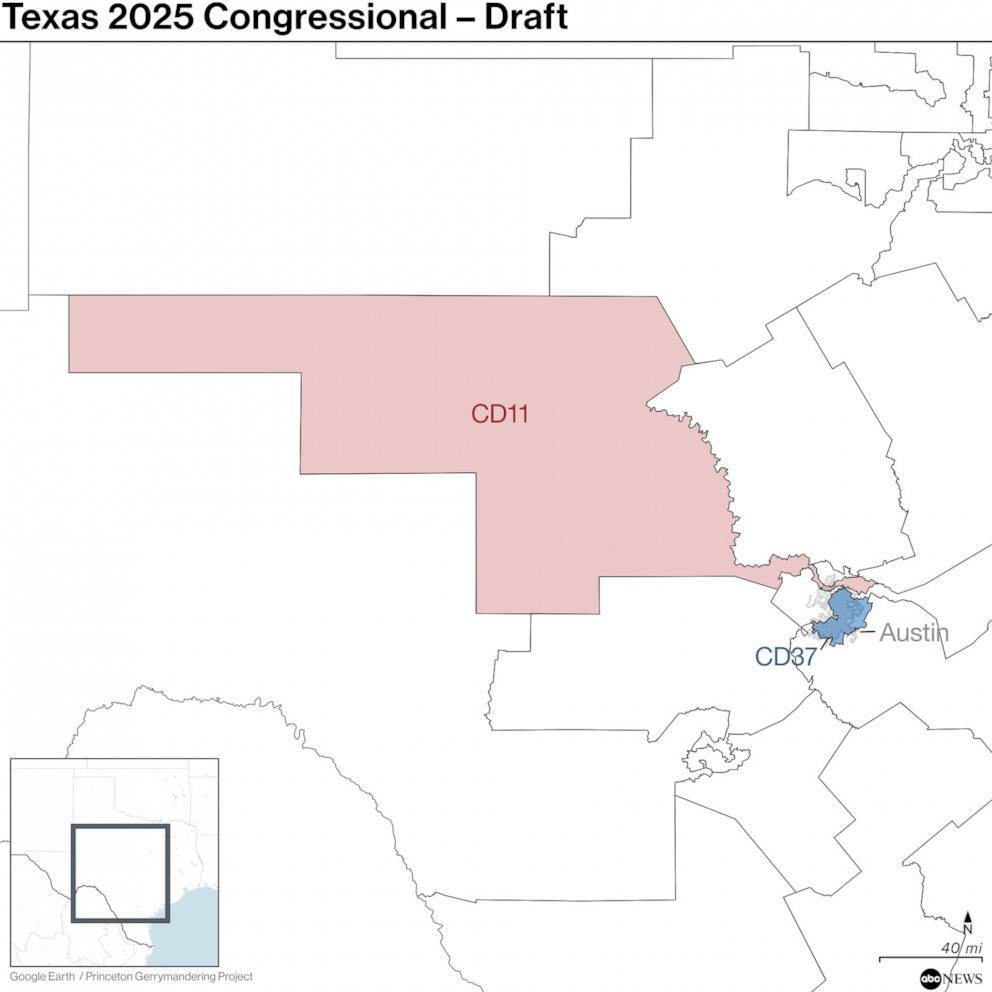As Texas and California embark on their pivotal redistricting processes, both the Democratic and Republican parties are staking high-stakes bets ahead of the 2026 midterm elections. The reshaping of congressional maps in these populous states-each a critical battleground-could dramatically alter the political landscape, influencing party power and legislative priorities for years to come. This article examines how the competing strategies and calculated risks taken by both parties reflect broader national tensions over representation and electoral advantage.
Texas and California Redistricting Sets the Stage for High-Stakes 2026 Midterms
As the dust settles on recent redistricting efforts in Texas and California, political strategists from both parties are recalibrating their playbooks in anticipation of the 2026 midterm elections. Texas’ aggressive reshaping of district lines is widely viewed as an attempt to consolidate Republican influence, especially in suburban areas that have shown increasing Democratic competitiveness. Meanwhile, California’s redistricting, while maintaining Democratic dominance overall, introduces new battleground districts where GOP hopefuls see an opening to chip away at longstanding blue strongholds.
The stakes are clear: with control of Congress hanging in the balance, both Democrats and Republicans are targeting key districts that have shifted demographically or politically. The following table highlights some of the most closely watched districts impacted by the redistricting, outlining the potential shifts in party advantage and voter profiles.
| State | District | Previous Lean | New Lean | Key Factor |
|---|---|---|---|---|
| Texas | District 23 | Democratic | Leaning Republican | Suburban shift & demographic changes |
| Texas | District 15 | Republican | Republican (Strengthened) | Redistricting solidifies base |
| California | District 21 | Democratic | Competitive | Newly drawn boundaries increase competitiveness |
| California | District 39 | Democratic | Democratic (Slightly Weaker) | Demographic diversification |
- Republicans are betting on aggressive voter outreach and targeted campaigns to flip some districts in Texas previously dominated by Democrats.
- Democrats aim to mobilize diverse urban and suburban voters in California to maintain their foothold amidst growing GOP challenges.
- Both parties will heavily invest in advertising and Both ground game efforts in the highlighted districts, recognizing their potential to influence the overall balance of power in Congress come 2026.
Democratic and Republican Strategies Clash Amid Shifting Electoral Maps
As Texas and California unveil their new electoral districts, the strategies employed by both major parties reveal a high-stakes gamble for the 2026 midterms. In Texas, Republicans are doubling down on rural strongholds, drawing boundaries that could solidify their grip on key suburban battlegrounds. Meanwhile, Democrats in California aim to preserve their urban dominance by crafting districts that cluster progressive voters, ensuring a buffer against Republican advances. This tactical redistricting underscores how demographic shifts and political calculations intertwine, with each state reflecting sharply contrasting approaches in pursuit of legislative control.
Key strategic moves include:
- Texas Republicans: Expanding influence in fast-growing suburbs by reshaping district lines to favor conservative candidates.
- California Democrats: Protecting incumbents by consolidating liberal-leaning urban areas, minimizing swing district exposure.
- Both parties: Targeting demographic changes such as migration patterns and population density shifts to maximize electoral gains.
| State | Party | Focus Area | 2026 Outlook |
|---|---|---|---|
| Texas | Republican | Suburban Expansion | High Confidence |
| Texas | Democrat | Urban Centers | Challenging |
| California | Democrat | Urban Consolidation | Strong |
| California | Republican | Suburban Targeting | Uncertain |
Analysts Recommend Bipartisan Oversight to Ensure Fair Representation
Experts emphasize that safeguarding the integrity of electoral boundaries requires more than partisan control. They advocate for independent committees to oversee redistricting processes in states like Texas and California, where demographic shifts spark intense political battles. Such bipartisan oversight mechanisms could help prevent gerrymandering tactics that disproportionately favor one party, thereby fostering more equitable voter representation.
Key recommendations from analysts include:
- Establishing transparent criteria for district drawing
- Ensuring minority communities retain adequate voice
- Incorporating public input sessions for greater accountability
- Deploying data analytics to detect partisan biases
| Oversight Element | Impact |
|---|---|
| Transparency Standards | Increased trust and public engagement |
| Minority Protections | Fair political representation across communities |
| Data Analytics Use | Early detection of partisan skew |
Future Outlook
As Texas and California finalize their redistricting plans, both parties are placing high-stakes bets on the political landscape of the 2026 midterm elections. The reshaped maps underscore the strategic maneuvers aimed at consolidating influence and shaping congressional power for years to come. With demographic shifts and partisan lines increasingly intertwined, the coming election cycle promises to be a critical test of these calculated risks, highlighting the complex interplay between redistricting and electoral strategy in American politics.
